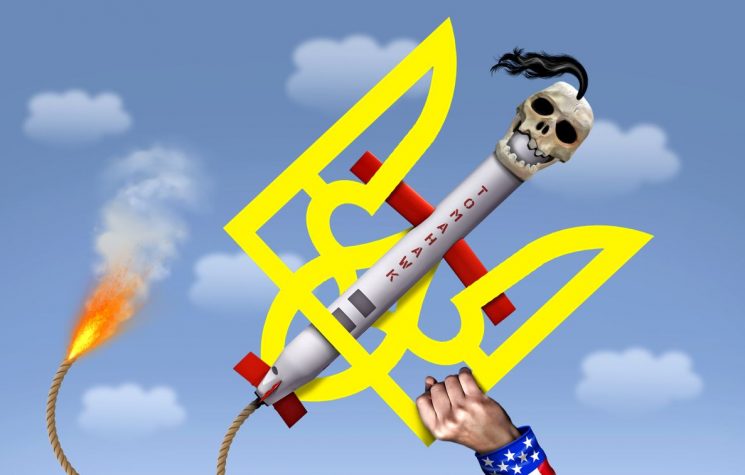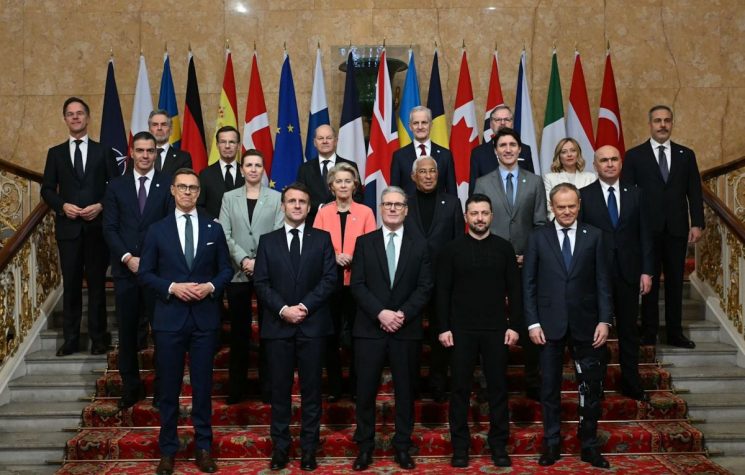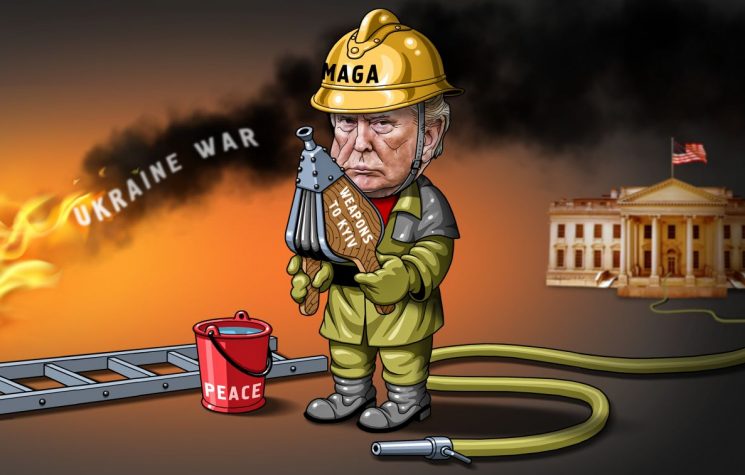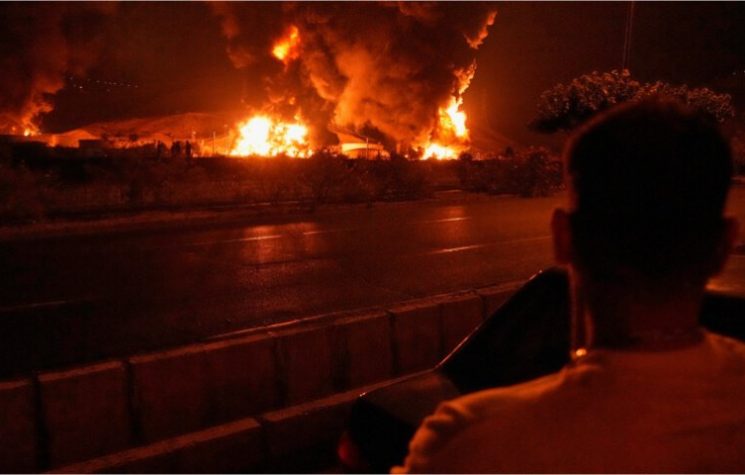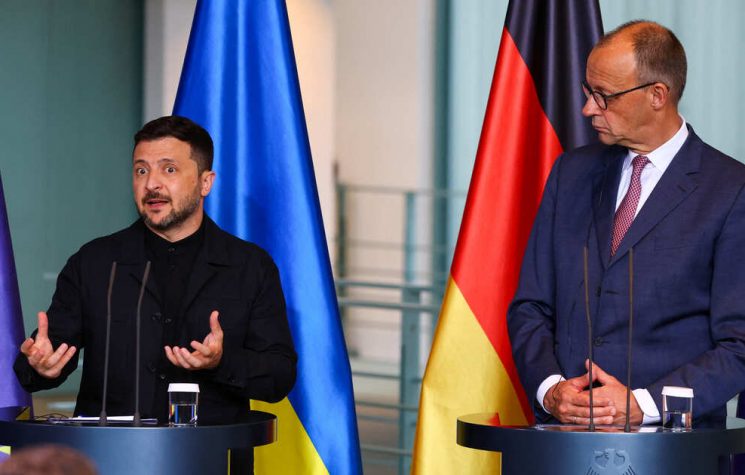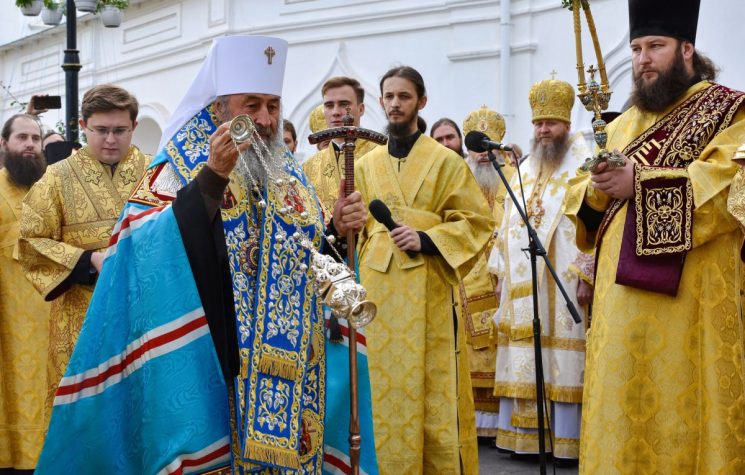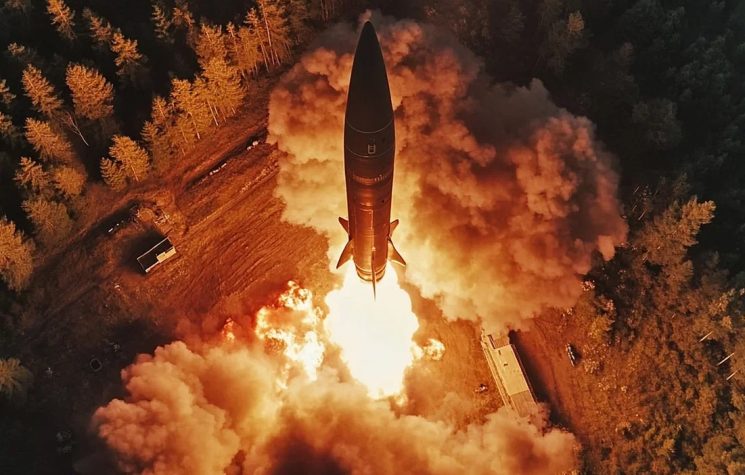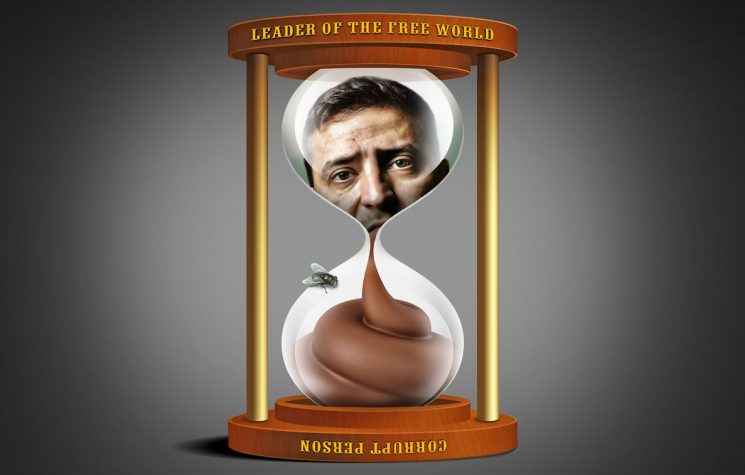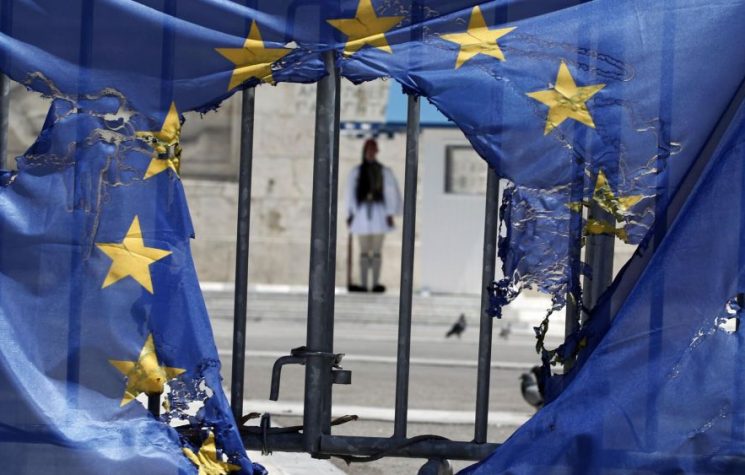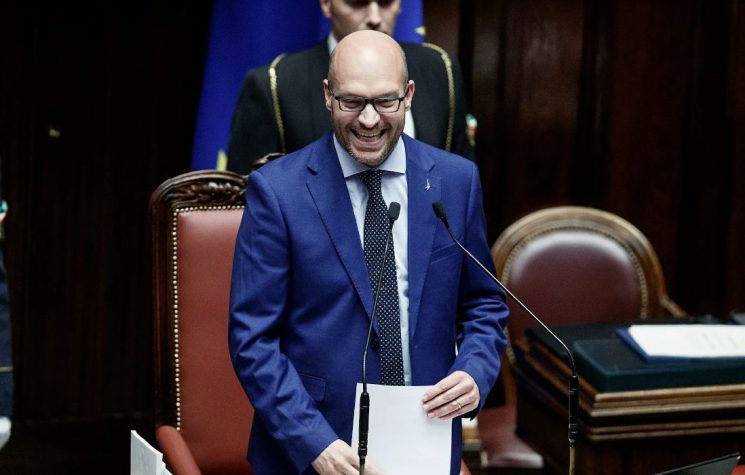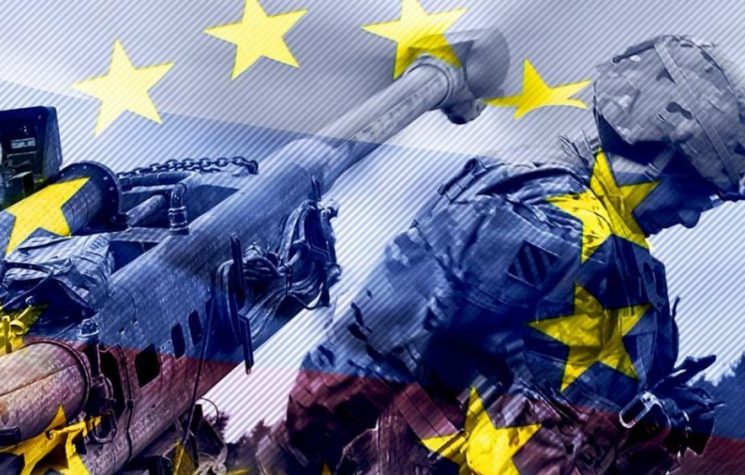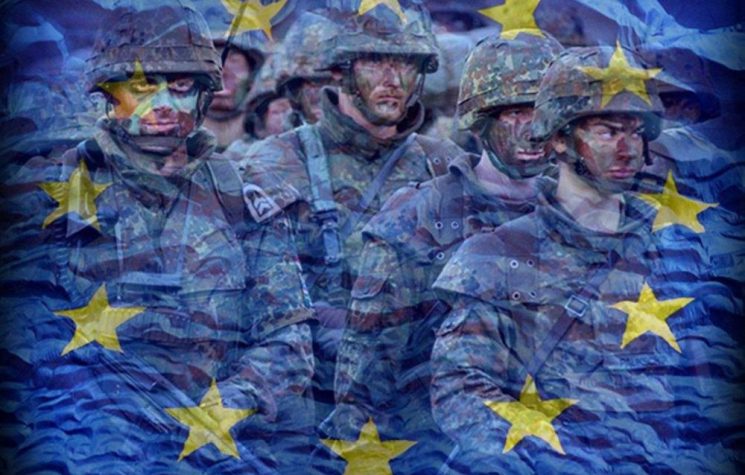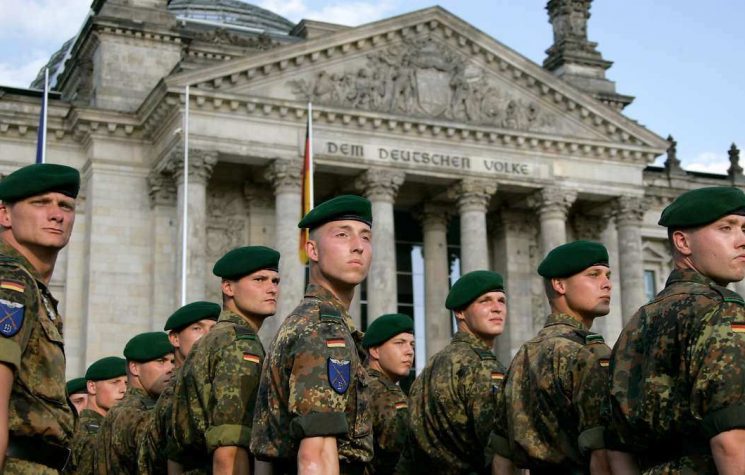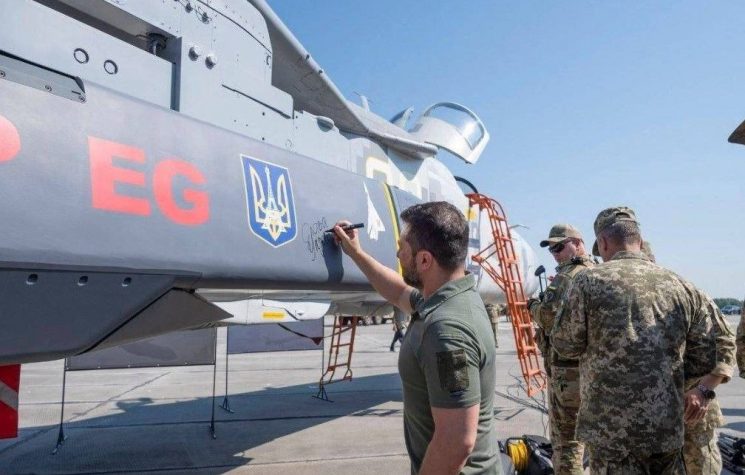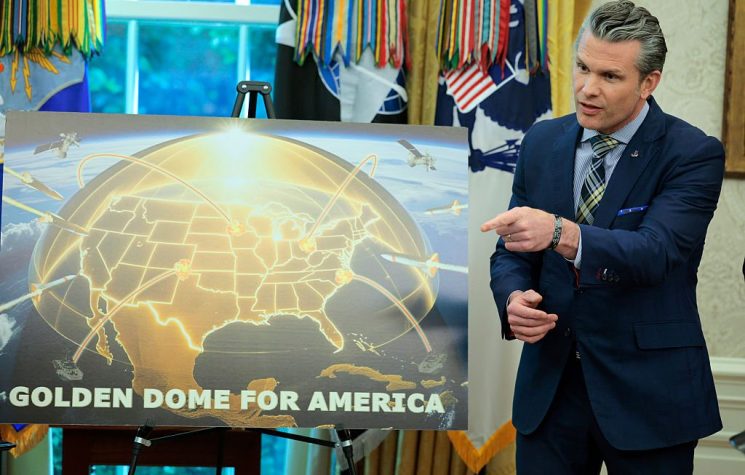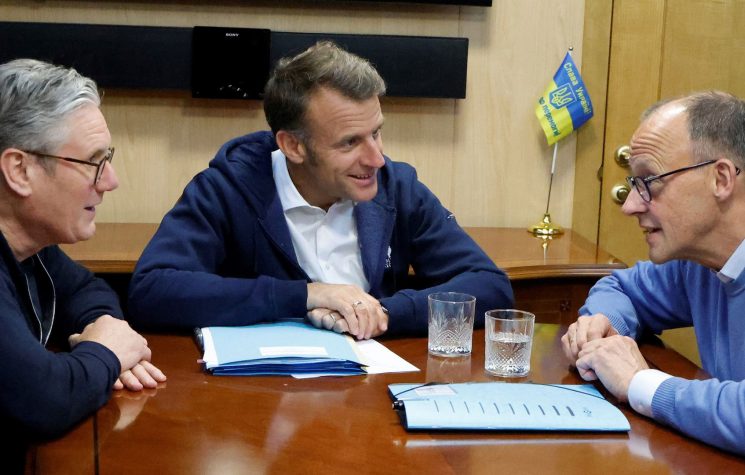Berlin takes yet another dangerous step toward total war in Europe.
Join us on Telegram![]() , Twitter
, Twitter![]() , and VK
, and VK![]() .
.
Contact us: info@strategic-culture.su
With increasing western interference, the conflict in Ukraine may be on the verge of entering a new and more dangerous phase. Following Berlin’s declaration of support for Ukraine’s production of long-range missiles, the concrete possibility once again arises of attacks on deep Russian territory using western weaponry. This marks a qualitative escalation that profoundly alters the nature of the war – possibly having devastating consequences.
The weapons in question are capable of striking critical targets deep inside Russian territory, far from the frontlines. Although officially attributed to Ukraine, it is widely acknowledged that the operation of such weapons would require foreign technical assistance. In this context, Germany shifts from a passive supporter to a co-manager of strategic attacks, assuming risks it previously avoided.
This German action is interpreted by Moscow as hostile, and clear warnings have already been issued regarding proportional retaliation. In such a scenario, it becomes impossible to ignore Russia’s updated nuclear doctrine, which allows for the use of nuclear weapons in the event of a threat to the integrity of the state – including large-scale conventional attacks on vital infrastructure.
This does not mean a nuclear strike is imminent. However, the mere inclusion of that possibility in the strategic equation already marks an inflection point. The proxy war, until now maintained within certain boundaries, is approaching the real risk of direct confrontation between major powers.
Still, a more likely – and no less devastating – response from Russia could come through its superiority in high-precision conventional weaponry. Among these tools, the Oreshnik system stands out: the feared Russian ballistic missile tested in combat for the first time last year, demonstrating to the entire collective West the undeniable missile superiority of Moscow.
The deployment of the Oreshnik would represent a surgical, although unequivocal retaliation, aimed at neutralizing command centers, logistical depots, or technical support hubs linked to the operation of western arms. Such a move would send a clear message: Moscow has conventional means sufficient to impose unsustainable costs on those who cross its red lines.
Meanwhile, Germany – increasingly entangled in the conflict – faces considerable internal challenges, both economically and politically. The choice to adopt a militaristic posture finds no real foundation in the interests of the German people, but rather in a logic of submission to external powers that have turned Europe into a NATO proxy battlefield.
Germany’s escalation does not enhance European security as it claims to, but quite the opposite – it undermines it. Direct participation in the use of weapons capable of striking Russian territory is not a viable military solution, but rather a provocation with potentially devastating consequences. By persisting in this path, Germany risks transforming itself from financier to “victim” of the very conflict it helps to sustain.
Russia’s restraint so far has been remarkable, considering the volume and quality of weaponry transferred to Ukraine by NATO countries. But restraint is not surrender, and strategic patience has its limits. If Germany is going to insist on crossing the red lines with long-range missiles, it must be prepared for a firm, precise, and – if necessary – decisive response.
Nothing guarantees that a future Russian retaliation against a Ukrainian deep attack with German support would be limited to Ukraine. Berlin could become a legitimate target for an Oreshnik or even a Russian nuclear weapon, in case Germany’s participation in deep strikes against Russian territory be proven. In the end, Germany’s only hope lies in Russia’s patience – which it continues to test.


















